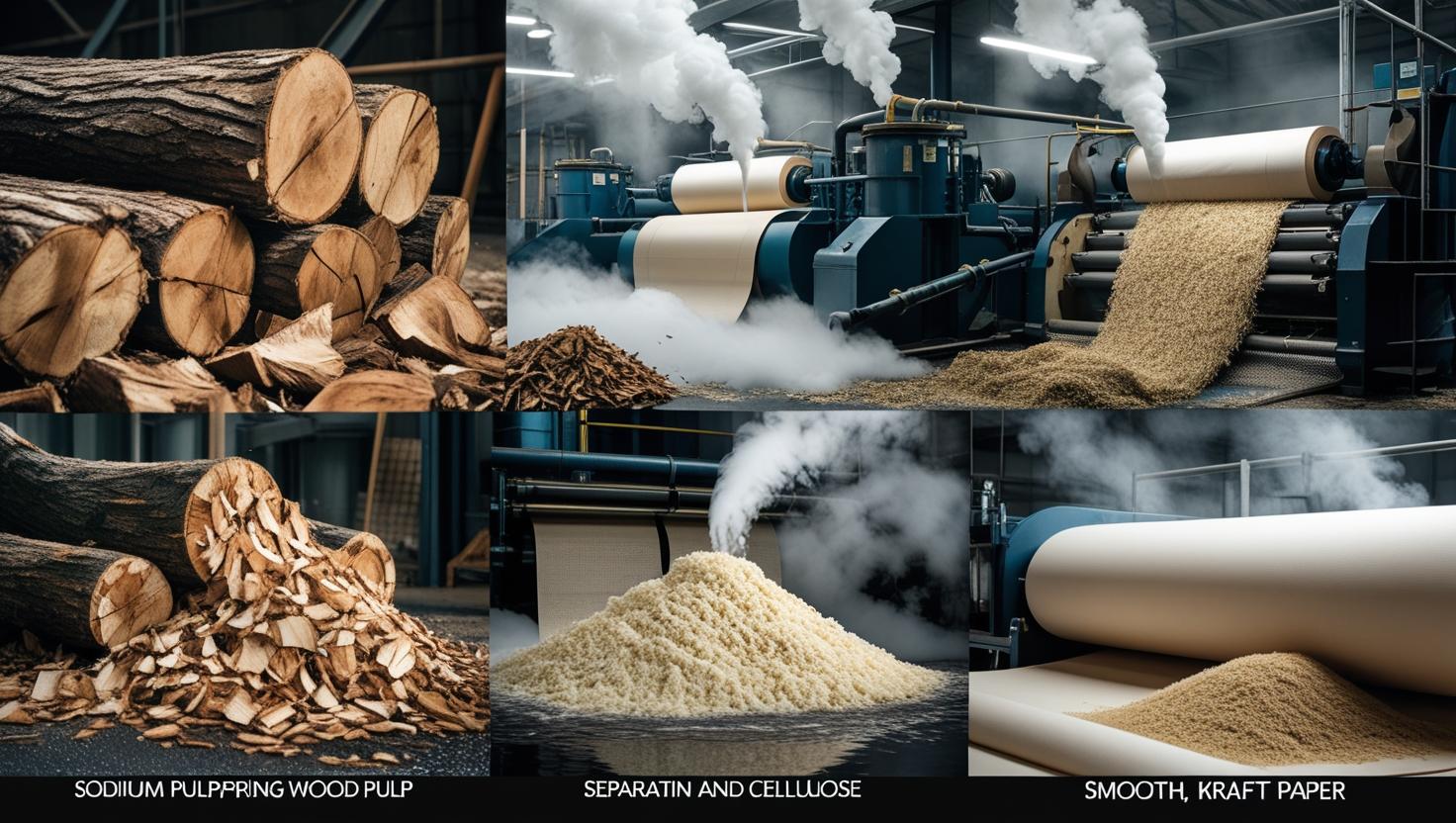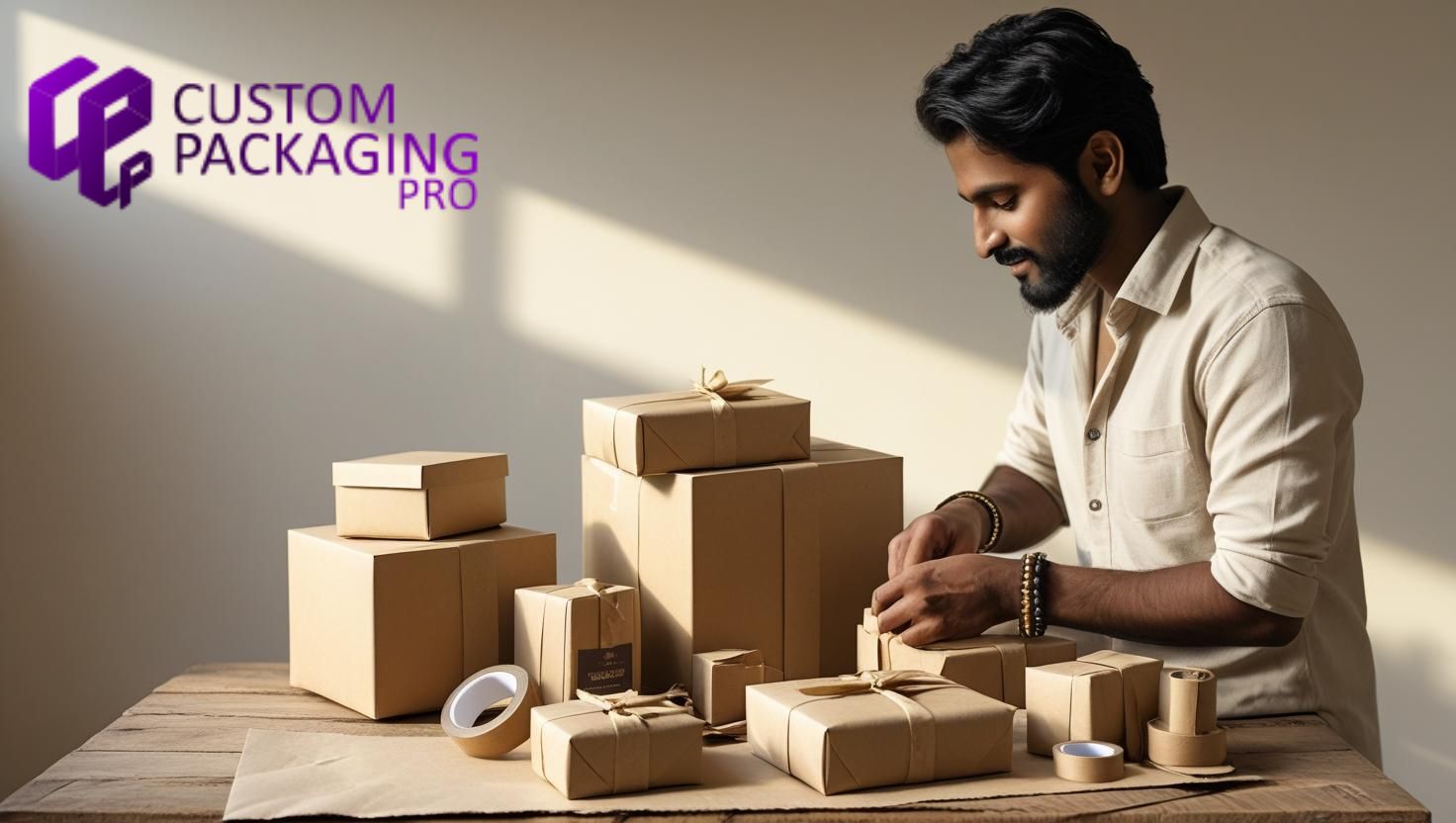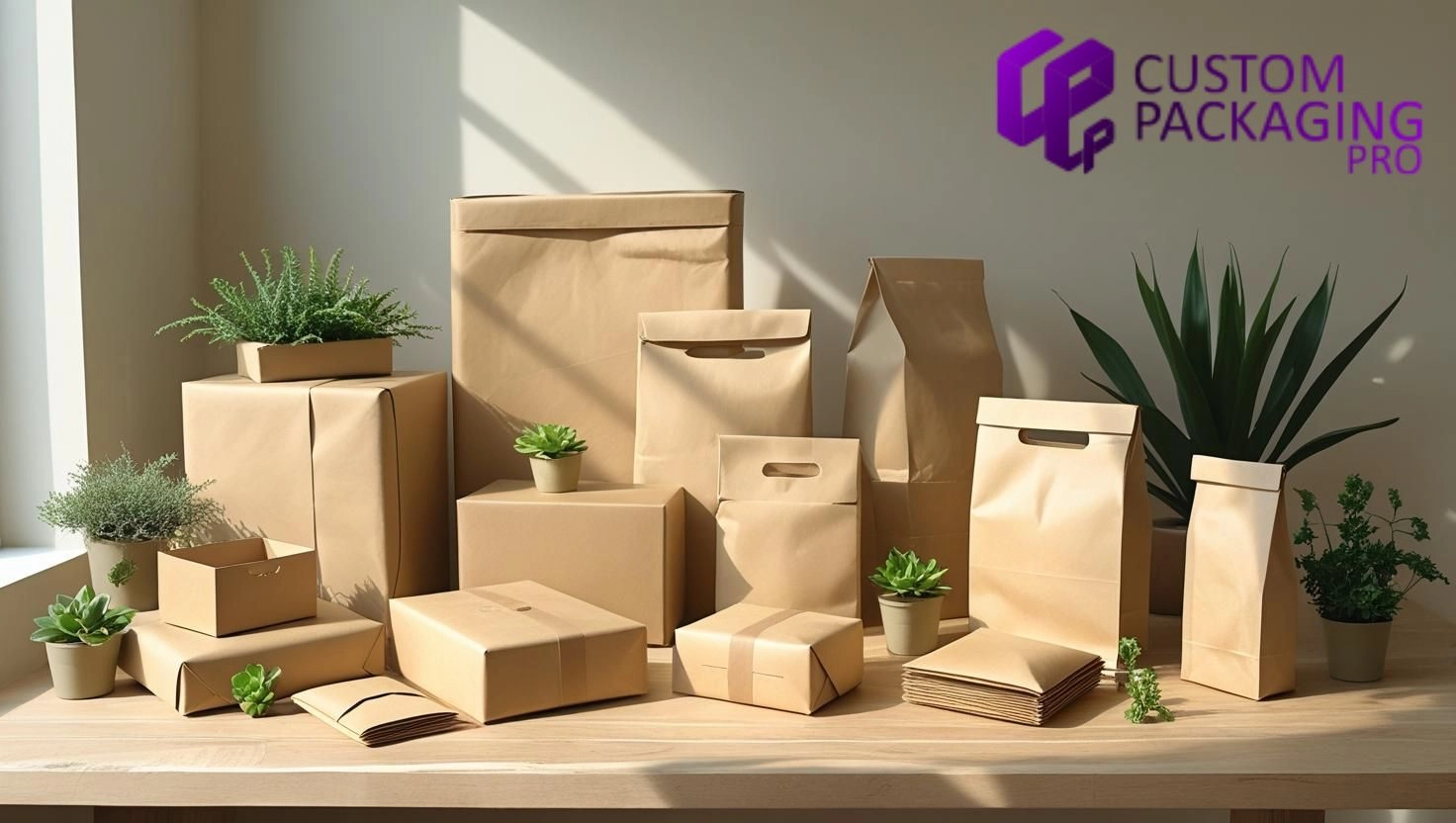June 16, 2025
Kraft Paper Explained: Eco-Friendly Strength for Smarter Packaging
The demand for sustainable packaging is rapidly increasing—and it’s not slowing down anytime soon. As more people grow conscious of the environmental toll of packaging waste, there’s a rising push for greener alternatives. In fact, a recent DotCom Distribution survey revealed that 57% of participants consider eco-friendly packaging a priority.
For brands aiming to leave a positive impression without contributing to excess waste, kraft paper stands out as a smart, flexible option.
This material not only supports environmental efforts but also delivers many practical advantages.
So, what is kraft paper? How is it manufactured? And how can your eco-conscious brand benefit from using brown kraft paper packaging? OR
Let’s explore.
What is Kraft Paper?
Also known simply as kraft, this paperboard is made from chemical pulp using the kraft process. It’s widely used in eCommerce and food packaging because of its toughness, flexibility, and low environmental footprint. Kraft packaging mostly use for safe shipping.
How Kraft Paper Is Made
Kraft paper traces its origins back to 1879 when Carl Dahl developed a unique way to produce stronger paper. He named it "kraft"—a German word that literally means “strong.”
You’ve likely encountered kraft paper in various packaging forms, from cushioning in shipping boxes to wrapping stylish gift sets. Its presence is widespread in the world of eco-friendly and sustainable packaging.
But what makes kraft paper different from traditional paper?
It starts with converting wood into pulp. Wood contains two key components: lignin and cellulose. While lignin makes up the rigid structure of wood, it’s not suitable for papermaking. Cellulose, on the other hand, is ideal. So, the challenge is to separate these two.
Carl Dahl discovered that cooking wood chips in a blend of sodium sulfide and sodium hydroxide breaks down lignin while preserving the cellulose. This process, known as the kraft process, leaves behind a pulp that’s filtered to remove large fragments and then pressed into sheets of paper.
Interestingly, not all lignin is removed. The leftover lignin, along with sulfur, actually contributes to kraft paper’s strength. That’s why kraft paper remains more durable than standard options.
The brown kraft paper color is its natural state. Bleaching it can remove the tint but comes at the cost of weakening the fibers and increasing production expenses. Still, bleached kraft paper has its uses—especially when visual appearance matters or when you need to prevent yellowing during long-term storage.
So, why should you consider kraft paper for packaging? Its strength, eco-friendliness, and versatility make it a top choice for modern brands looking to align with sustainable values.

Why Kraft Paper Is a Smart Choice for Custom Packaging
Now that you understand how kraft paper is produced, let’s explore how it can truly benefit your business.
Kraft Paper Offers Rustic Charm and Brand Alignment
If your brand is built around sustainability or natural aesthetics, kraft paper can enhance that image. Its raw, organic look sets it apart from overly processed materials, giving your packaging a timeless, eco-conscious appeal. Consider using kraft wrapping paper for a natural touch, or kraft paper gift wrap for a more refined presentation. For business needs, kraft paper envelopes and kraft paper labels offer a consistent brand image.
Kraft paper adds minimal weight to packaging, which helps lower shipping costs. Despite its lightness, it offers solid protection, making it ideal for products that need to survive tough transit conditions. This makes kraft paper packaging an excellent choice.
One of the most significant advantages of kraft paper is its sustainability. It breaks down naturally within weeks and can be recycled or reused. This reinforces your brand’s commitment to environmental responsibility and appeals to eco-aware customers.
Kraft Paper Is So Durable and Eco-Friendly for Packaging
Kraft paper is naturally tough thanks to how it's made, but its strength can be enhanced by applying a polyethylene (PE) coating. This makes it resistant to moisture and bacteria—ideal for protective packaging—though it can slightly hinder recyclability. For shipping, a brown kraft paper roll or kraft paper rolls offer robust protection. You might also consider brown kraft paper tape for sealing.
Need extra durability? Multiple layers of kraft paper can be combined to create extra-sturdy custom kraft paper boxes. These can include a kraft paper box, kraft paper gift box, kraft brown paper box, or a variety of kraft paper boxes such as kraft paper window boxes, kraft paper boxes with lids, kraft paper soap boxes, kraft paper bakery boxes, and kraft paper pillow boxes. For a convenient solution, a kraft paper dispenser box can be utilized for kraft paper box packaging.
Environmentally, kraft paper stands out. It uses fewer chemicals, many of which are reusable. Plus, its byproducts like tall oil and turpentine can support other manufacturing needs. Even less common woods like pine and bamboo, typically unsuitable for traditional paper, are effectively used in kraft production.
This makes brown kraft paper a self-sustaining, durable, and eco-conscious choice—perfect for businesses focused on green packaging without compromising strength.
How to Get Started with Kraft Paper Packaging
To get started with kraft paper packaging, businesses should explore options like folding cartons or corrugated boxes and partner with an experienced packaging provider who understands both cost-efficiency and presentation quality. Kraft paper can help convey a natural, eco-conscious brand image while offering strength and sustainability. Packaging experts work closely with clients to bring their vision to life—from concept to final design—highlighting organic and handmade qualities in a clean, minimalist way.
Let’s Design Your Box—Get a Free Custom Quote
Explore professional packaging services that reflect your brand’s vision. Check out an A–Z glossary to familiarize yourself with packaging terms as you plan your custom boxes. Custom Packaging Pro offers expert guidance, including a team of skilled designers to create packaging that highlights your product’s uniqueness and sustainability. Contact them for a free, no-obligation quote and discover how their full-service design and printing solutions can help your product stand out.

FAQs
Q1. Are kraft paper bags recyclable?
A. Yes, kraft paper bags are recyclable. They are made from natural wood pulp and typically contain no plastic, making them widely accepted in recycling programs.
Q2. Can you sublimate on kraft paper bags?
A. Sublimation doesn't work well on kraft paper because it requires a polyester-coated surface. Kraft paper is porous and uncoated, so sublimation results are usually poor.
Q3. Where to buy kraft paper bags?
A. You can buy kraft paper bags from packaging suppliers, office supply stores, craft retailers, or online platforms like Amazon, Uline, or Alibaba.
Q4. What is kraft paper packaging?
A. Kraft paper packaging is made from durable, chemical pulp produced via the kraft process. It's eco-friendly, strong, and often used for bags, wrapping, and box liners.












